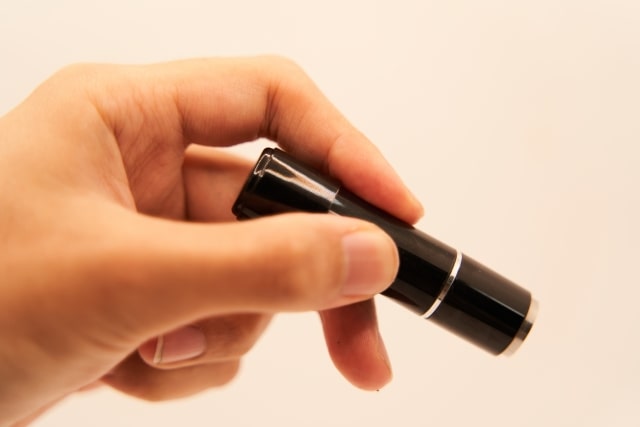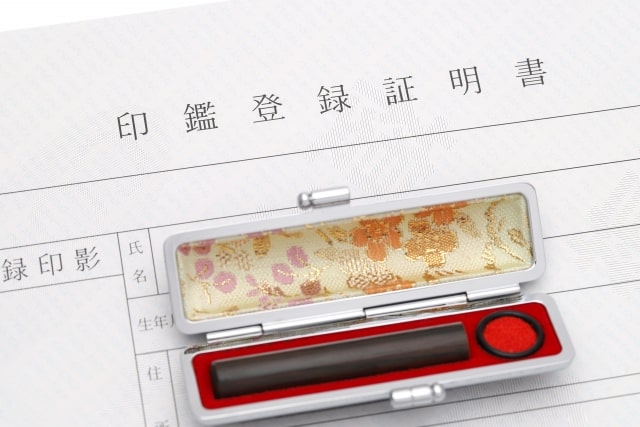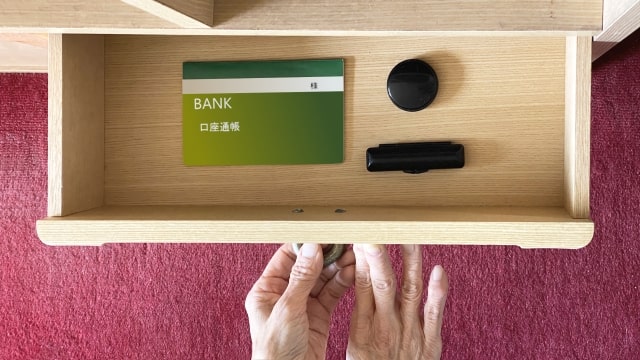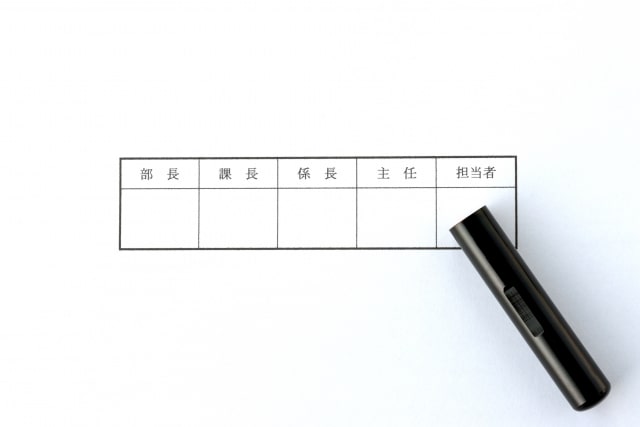A Guide to Personal Seals (Hanko/Inkan) in Japan
2022-04-20
Japanese Culture & Customs

In Japan, personal seals known as “hanko” or “inkan” (used interchangeably) are commonly used in place of written signatures. Though there is a recent push to move away from the use of personal seals, it is still very much a part of modern Japanese life.
There are generally three main types of personal seal: the jitsu-in, the ginko-in, and the mitome-in. Each one has its specific use, which can be quite confusing for foreigners new to Japan. In this article, we explain about the different types of personal seal, and how to register your seal in the municipal office.
Types of Personal Seal
Here we explain the three main types of personal seal and when you are supposed to use each one.

Jitsu-in
The jitsu-in is the personal seal that you register with your municipal office. Registering the jitsu-in allows you to obtain a seal registration certificate (inkan toroku shomeisho). Only one seal per person may be registered, and the same seal cannot be registered by multiple people. For example, a husband and wife sharing the same surname must each register their own seal. If you move to a different municipality, you need to re-register your seal at your new municipal office.
The jitsu-in has the strongest legal power of all personal seals. It is used in important situations such as taking out loans from a bank, buying or selling real estate, establishing a company, inheriting assets, and signing other official legally-binding documents.

Ginko-in
The ginko-in is a personal seal that you register with a bank or financial institution when you open an account. It is usually used when you apply for automatic bill payments or when you withdraw cash from the bank teller counter. With your passbook and ginko-in, anyone can withdraw cash from your account, so you should always keep these items in a safe place.
Recently, online banks and some major banks allow you to open an account without a ginko-in. Some banks also do not require the use of ginko-in from foreign customers.

Mitome-in
The mitome-in is a general purpose seal that you use in work or everyday life. It is used in situations like receiving parcel deliveries, signing neighborhood notices (kairanban), or signing contracts and application forms that do not require a jitsu-in. At work, it is often used to stamp documents to signify that you have read them.
Unlike the jitsu-in, the mitome-in has no legal standing. However, it is still important to understand the contents of a contract before using a mitome-in to sign it.
Since the mitome-in is the most frequently used seal in daily life, many people choose to have it made in their preferred material or favorite color. There are also self-inking mitome-in called “Shachihata” that do not require the use of red ink pads.

Registering your Personal Seal
Below we explain how to register your personal seal in the municipal office, and the characteristics of seals that you can or cannot register.
Who can register a personal seal?
If you are a foreign national, you need to meet the following requirements in order to register a personal seal at the municipal office:
・You must have a valid residence card or special permanent resident certificate
・You must be a registered resident of the municipality to which you are applying for registration
・You must be at least 15 years old
If you are staying in Japan illegally or have a short-term visa (e.g. tourist visa, short-term business visa, etc.), you cannot register a personal seal.
You need to register a personal seal in order to obtain a seal registration certificate, which proves that your seal is genuine and registered under your name. This certificate is necessary when applying for bank loans or establishing your own company.
Personal seals that you can you register
The seal that you register must show an imprint of your name as it appears in your residence record. It can be your full name, your first name, your surname, or a combination of your surname and an abbreviation of your first name.
If you want to register a seal that shows your alias or your name in katakana, you need to first register your alias (tsusho) or the katakana spelling of your full name in your residence record. This can be done in the municipal office on the same day as your seal registration, so consult with the municipal office staff for details.
The seal must have an outer border, and must be made of materials that are not easy to deform. Generally, its diameter must be between 8 mm and 25 mm. Note that there may be other specific requirements depending on your municipality, so you should check the official website or inquire with the municipal office for details.
Personal seals that cannot be registered
Generally, the following types of seals cannot be registered in your municipal office:
・Seals that do not meet the requirements for your name as listed above
・Ready-made seals or “Shachihata”
・Seal with inverse engraving (i.e. the imprinted letters or characters become white)
・Seals that include other information, such as titles or images
・Seals with imprints that are unclear or difficult to read
・Seals smaller than 8 mm or larger than 25 mm
・Seals with no outer border, or is cracked or damages
・Seals with an outer border that is not solid (e.g. contains a pattern)
Summary
In this article, we explained the three main types of personal seal used in Japan, as well the kind of seal you can register in your municipal office. The use of personal seals in place of signatures is a practice peculiar to Japan, and may be a bit puzzling to foreigners new to the country. However, they are still a necessary part of life in Japan, so it is a good idea to understand the different types and their uses before going to a shop to have one made.

